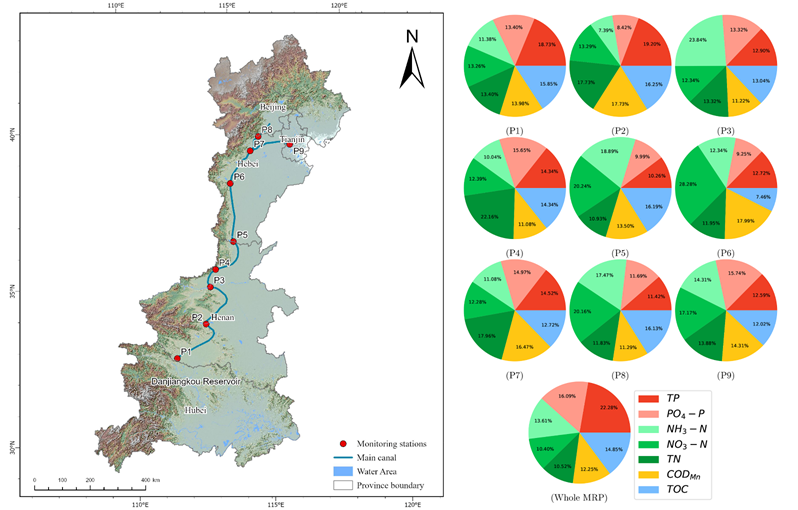Uncovering the Secret Masks Behind Algae Growth in the South-to-North Water Diversion Project Using Advanced AI
Published 24 May, 2023
Identifying the factors contributing to algal growth accurately and reliably is vital for sustainable use and scientific management of freshwater resources. As scientific research evolves from using small data sets to larger ones, the shortcomings of traditional machine learning become clearer, and deep learning which is adept at processing large amounts of data, is getting more attention. Although it has been used occasionally for forecasting chlorophyll-a (Chl-a) time series, deep learning has hardly been employed to identify important factors concerning algal growth.
To address this gap, a cross-national team of researchers from China, Germany and The Netherland developed a deep learning-based Transformer model, Bloomformer-1, designed for end-to-end identification of algal growth driving factors.
“Deep learning models have lower operational transparency compared to traditional machine learning, but they exhibit significant advantages in performance,” said Jing Qian, the first author of the paper. “The development of Bloomformer-1 aims to create a win-win situation in terms of interpretability and performance, enabling the driving factors of algal growth to be identified transparently and accurately.”
Qian, a doctoral student from the Karlsruhe Institute of Technology in Germany, conducted this research as a jointly-cultivated doctoral student at the Institute of Hydrobiology in China.
The Middle Route of the South-to-North Water Diversion Project (MRP), a national large-scale project in China, was selected as the study site to demonstrate the superior performance of Bloomformer-1. It was compared to four widely used traditional machine learning models—extra trees regression (ETR), gradient boosting regression tree (GBRT), support vector regression (SVR), and multiple linear regression (MLR)—with the highest R2 (0.80 to 0.94) and lowest RMSE (0.22 to 0.43 μg/L).
"Bloomformer-1 employs the multi-head-self-attention mechanism, which compares each token in the input sequence with other tokens to collect and learn dynamic contextual information, thus enabling a thorough understanding of all the field sampling data. This is one of the reasons for its superior performance," said co-author Stefan Norra from the University of Potsdam.
The results of study, published in the KeAi journal Water Biology & Security, revealed that total phosphorus (TP) was the most significant factor affecting the MRP, especially in the Henan section, while total nitrogen (TN) had the most substantial impact on algal growth in the Hebei section.
“Controlling and reducing phosphorus is an important strategy for controlling algal growth and maintaining stable MRP water quality, while nitrogen control in the Hebei region is also worth paying attention to," said Yonghong Bi from the Institute of Hydrobiology, Chinese Academy of Sciences, who is the corresponding author of the study. "Furthermore, the promotion and application of Bloomformer-1 in other water bodies will be an important task going forward.”
Image:
Sketch map of sampling stations distribution in the middle section of the South-North Water Diversion Project and driving factors of algal growth based on Bloomformer-1 modelling

CREDIT: Jing Qian, Karlsruhe Institute of Technology (KIT), Germany, and Institute of Hydrobiology (IHB), China
Contact author name, affiliation, email address: Jing Qian, Karlsruhe Institute of Technology (KIT), Germany, and Institute of Hydrobiology (IHB), China, jing.qian@partner.kit.edu
Social media handles:
- Prof. Dr. Yonghong Bi: https://people.ucas.edu.cn/~biyonghong?language=en
- Prof. Dr. Stefan Norra: https://www.uni-potsdam.de/de/umwelt/forschung/ag-bodenkunde-und-geooekologie
- Jing Qian: https://egg.agw.kit.edu/66.php
See the article: Qian, Jing, et al. "Identification of driving factors of algal growth in the South-to-North Water Diversion Project by Transformer-based deep learning." Water Biology and Security (2023): 100184.

